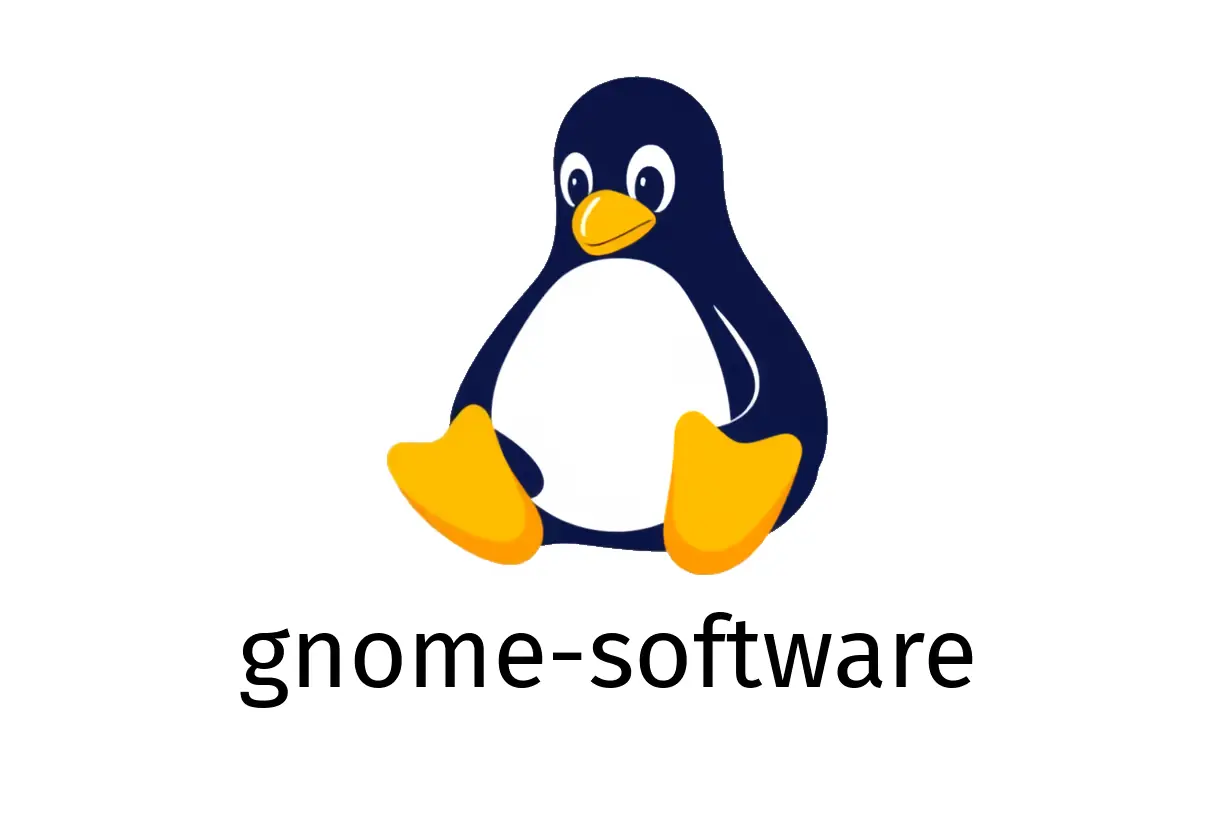
gnome-software: Quick Guide to the GNOME Software GUI
gnome-software: Quick Guide to the GNOME Software GUI
A practical, beginner-friendly look at using gnome-software to manage applications on your GNOME desktop. The focus is on common tasks, with minimal setup and concrete examples.
What is gnome-software?
gnome-software is the graphical frontend for managing software on GNOME-powered systems. It lets you browse, install, update, and remove applications, and view details about each package.
Quick start: run it and explore
- Start the GUI:
gnome-softwareIf it’s already running, this will Windows-and-activate the existing window instead of opening a new one.
- Open to a specific page (updates, installed, overview, or updated):
gnome-software --mode updatesgnome-software --mode installedgnome-software --mode overview- Show details for a package:
gnome-software --details <package>- Show the software version:
gnome-software --versionTip: If GNOME Software isn’t running, you’ll be prompted to start it when you click a link to manage software from another application. If it’s running but unresponsive, try killing it and starting again:
- Find the process: ps aux | grep gnome-software
- Kill gracefully: killall gnome-software
- Restart: gnome-software
Common tasks explained
1) Install a new application
- Open gnome-software and search for the app.
- Click Install and enter your password if prompted.
Alternative via command line launch (for quick testing):
gnome-software --details <package>From the details view, click Install. You can also navigate using the mode flags above to reach the “Overview” or “Installed” pages and then find the app.
2) Update applications
GNOME Software shows available updates in the Updates page. You can install all updates with the GUI, or review each one and install selectively.
If you prefer a quick check, just open the updates page:
gnome-software --mode updatesNote: On some systems, you may also manage updates via your distribution’s package manager or a system updater tool. GNOME Software often coordinates with these backends.
3) View details and versions
- Details view provides screenshots, description, and permissions required by the app.
- Version is shown in the details header and on the install/update screens:
gnome-software --details <package>gnome-software --versionCommon pitfalls and how to avoid them
-
Pitfall: GNOME Software isn’t running or won’t open
- Check if the process is alive: ps aux | grep gnome-software
- Start or restart: gnome-software
- If graphical session issues occur, try logging out and back in.
-
Pitfall: UI shows stale data
- Some distros cache metadata. If updates or apps don’t appear, restart GNOME Software or reboot.
- On some setups, you can trigger a cache refresh by starting the app with an explicit updates view, which may pull fresh metadata.
-
Pitfall: Hardware acceleration or extensions interfere with rendering
- Disable problematic extensions or try starting with a clean session to diagnose.
When to use the CLI vs GUI
- Use the GUI for browsing, reading package details, and performing updates with a visual workflow.
- Use the CLI launch options (as shown) when you want to open a specific page directly, for scripting, or for quick testing on a headless session with a GUI available.
Quick reference cheat sheet
- Open the software GUI:
gnome-software- Open a specific page:
gnome-software --mode updatesgnome-software --mode installedgnome-software --mode overview- View details of a package:
gnome-software --details <package>- Show version:
gnome-software --versionFinal note
gnome-software is a convenient, beginner-friendly way to manage applications on GNOME. If you’re just starting, use the GUI to become familiar with installed apps, updates, and details, then use the command-line launch options to streamline navigation as you grow more confident.